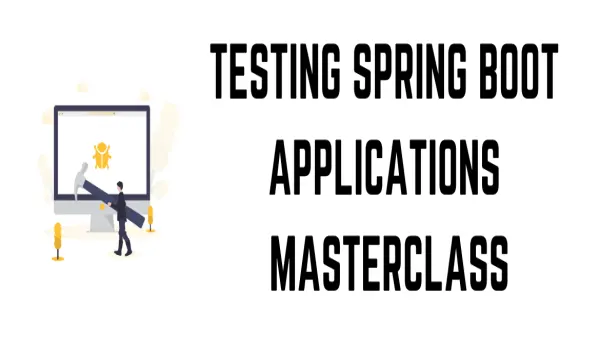If you ever worked on a large project which doesn’t have any tests then you know how painful it is to work on such codebase.
You know what is more painful? Working on a project which has plenty of USELESS tests written for the sake of passing minimum code coverage requirement.









